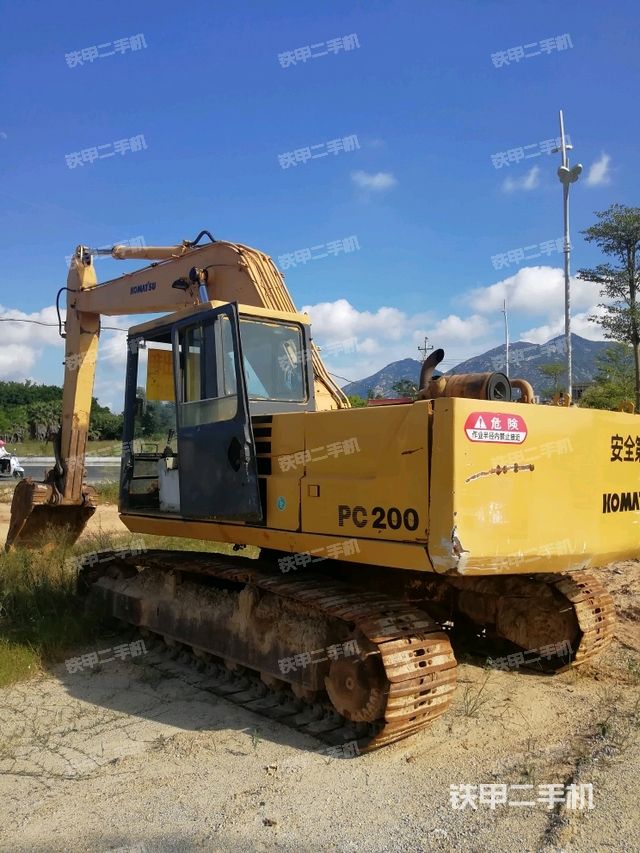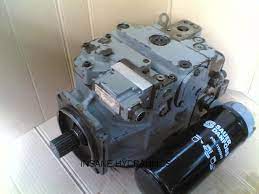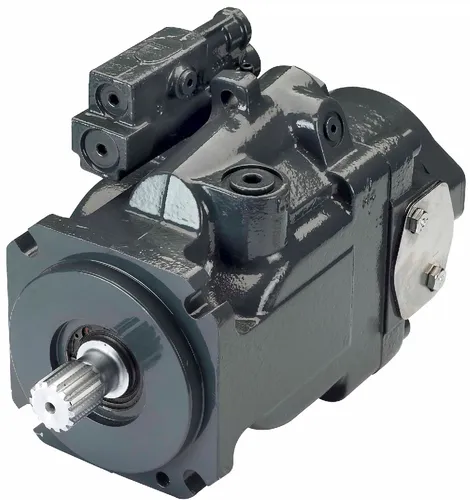komatsu excavator pc200-3 troubleshooting forum how many volts is on main pump solenoid
What do you know about komatsu excavator pc200-3 troubleshooting forum how many volts is on main pump solenoid? Reviews of features or devices can be really useful for those who want to acquire goods. The remarks give additional information about the item you are able to make sure before buying it. You can also see ratings and read comments that other users left. It’s an pity if you purchase a thing that does not fit your needs just because you did not check it first. We advise you to never contrast komatsu excavator pc200-3 troubleshooting forum how many volts is on main pump solenoid performance and reliability but try to find other details from actual users of this product.
komatsu excavator pc200-3-main pump solenoid -what voltage is comimg in to it and what is coming out of it ?
The solenoid is not the problem. There is a solenoid that controls the main pump to engage the clutch and it is located inside the main control valve. It supplies 12 volts to the solenoid and gets ground through it. If you are losing power/ground to the solenoid then look at connections on the harness that goes to the main control valve.
There is a main relay that feeds power to all of these valves. The PC200-3 has an in cab fuse panel with a 20 amp fuse labeled for “valve” (or similar). Check this fuse first if all valves are dead or not working correctly, there should be power on both sides of the fuse ( +12vdc and ground).
The other possibility could be bad wiring harness from front pin connector under cab back to engine compartment and/or bad connections at ECU box behind driver’s seat. Get yourself a wiring diagram from Komatsu and start checking each wire for power/ground back from your front pin connector towards engine compartment.

How many volts is on main pump solenoid when solenoid is energized.
The power source is the battery. When the solenoid opens, it allows the power to flow to the pump motor. If you are measuring voltage, you need to measure across the solenoid terminals, not on individual wires. I’m going on memory here, but I think that a single solenoid will have 12 volts across it when closed and 0 volts when open. If you are measuring current, or amperage, you need to measure with an ammeter in series with one wire. Good luck!
komatsu excavator pc200-3-You should have battery voltage at the solenoid
The starter solenoid is a fairly simple mechanism that transmits electrical current from the battery to the starter. When you turn the key, the solenoid engages, using the electrical motor in the starter to get your engine running. When you turn the key off, it disengages, stopping the flow of electricity.
The solenoid is an essential component of any vehicle’s starting system, but it’s one that can fail unexpectedly. Sometimes this will happen at just the right moment to leave you stranded in a parking lot or on the side of the road. Other times it could be months or years before you encounter issues with your solenoid.
There are plenty of things that can go wrong with a starter solenoid, but if you know what to look for and how to test for it, then you can troubleshoot and make repairs as necessary. Here’s how to tell if a starter solenoid is bad.
komatsu excavator pc200-3-If your tractor starts but won’t move you might have a solenoid problem
If your tractor starts but won’t move you might have a solenoid problem. The solenoids on a John Deere tractor are essentially relays that switch the battery’s electrical power to different components within the starter system. Solenoids are connected to the battery by two cables, one positive and one negative. The positive cable runs to the starter, and the negative cable runs to the engine block.
If your tractor starts but won’t move you might have a solenoid problem. The solenoids on a John Deere tractor are essentially relays that switch the battery’s electrical power to different components within the starter system. Solenoids are connected to the battery by two cables, one positive and one negative. The positive cable runs to the starter, and the negative cable runs to the engine block.
komatsu excavator pc200-3-The PTO solenoid is the switch that is on both ends of the PTO cable.
The PTO solenoid is the switch that is on both ends of the PTO cable. The cable connects the solenoid to the transmission. The solenoid has a rod that runs through it and moves in and out of the solenoid. When the rod moves, it engages the transmission to make it rotate. This movement can be triggered by using a small amount of electricity, usually 12 volts, to move a magnet that allows for fluid motion. The fluid motion causes the rod to move in and out of the solenoid.
komatsu excavator pc200-3-Any tips on finding the main pump solenoid of a komatsu PC200-3?
Omg I’m so sorry. I’ve had a full-time job and was also trying to work on my master’s thesis. I don’t know why but the past few months have been particularly busy for me.
Find the pump solenoid on a komatsu PC200-3 is easier said than done. There are no instructions, no online videos, and no forum posts about how to do this. Not only that, but the machine itself has a lot of metal in it that makes it difficult to access parts of the machine because there are metal supports in all the wrong places! All this metal can make you feel claustrophobic while you’re working on your project since there isn’t enough room for you to move around easily without bumping into something (and possibly causing damage).
komatsu pc200-3 main pumpsolenoid test
The excavator has a symptom of the main pump and the main pump is not operating normally. The main pump solenoid (A) is checked before disassembling the travel motor.
First, move the travel lever to check if the solenoid valve (A) operates normally. If not, check if battery voltage is supplied to the solenoid valve (A).
When checking battery voltage, prepare a 12V bulb and connect it to each terminal of the solenoid valve (A) and apply it to the battery negative terminal. If there is no change in light intensity, there is no problem with the wiring harness or the solenoid valve (A) is defective.
Next, use a multimeter to measure whether battery voltage is supplied when moving each lever of the joystick controller. If there is no battery voltage supply, inspect or replace each corresponding switch, wiring harness or controller assembly.



